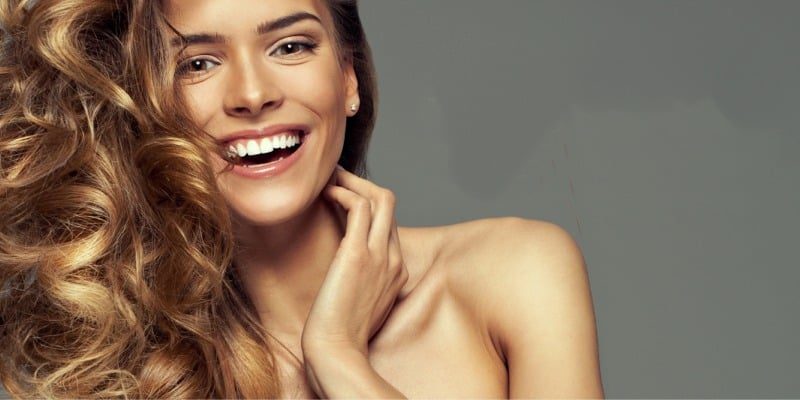Turbinectomy
Turbinate glands are located inside the nose hanging off the side walls and into the nasal passages. They serve a very important purpose of humidifying the air we breathe in and also adjusting the temperature of the air to bring it closer to the body temperature. These glands are unique in their ability to expand significantly by increasing blood flow through the tissues. This usually happens from exposure to allergens, weather change, viruses and bacteria. In some cases it can be hormonal as well.
Once the glands expand and fill the nasal passage, one cannot breathe through the nose. This usually is temporary with a cold or allergy flare up. However with repeated infections and chronic allergies the glands develop structural changes that do not allow them to shrink back to the normal size. At this stage the glands have to be surgically reduced in size. This procedure is called Turbinectomy. There are several different techniques used to accomplish this.
Cauterization: This is direct burning down of the glands using an electric instrument called cautery. It can be done to the whole turbinate from outside or a small hole can be used to enter with a small needle like cautery and only the inside is cauterized. This allows healing with very little crusting.
Steroid injections: Steroids can be directly injected into the turbinates and will achieve significant reduction of the turbinates. The result usually is good for 3 to 6 months.
Excision: The turbinates can be cut short using scissors and then cautery is used to stop any bleeding from the open surface. The excision is usually limited to half of its total size. Any more excision can lead to lack of humidification of the air we breathe and permanent crusting inside the nose. It can also lead to ‘Open Nose Syndrome’ which makes the patients feel they are not getting enough air through the nose although it is widely open.
Lateralization: This technique involves pushing the whole gland towards the side wall of the nose. In doing so the turbinate bone can be fractured and it allows the movement of the turbinate towards the side walls of the nose. The recovery from this procedure is very quick but the amount of improvement is limited.
Microdebrider shaving: This involves the use of a rotating small 2mm round blade that sucks the tissue and then cuts it. A small entrance hole is made in the turbinate and blade is introduced through it. The blade then removes the tissue without causing any crusting.
Laser: Some lasers such as KTP can be used to reduce the size of the turbinate as well. The results are similar to cauterization.
My Approach: I like to use the microderbrider to remove bulk of the tissue and then out fracture the turbinate bones towards the sidewalls of the nose. This gives the maximum improvement with little to no crusting. In severe cases of turbinate hypertrophy I sometimes cut half the turbinate with scissors and cauterize the cut edge.
For more information or to schedule an appointment, contact us toll-free at 877-JANJUA1.
Our location in Bedminister, NJ is within easy access from Morris and Somerset County, New Jersey.


